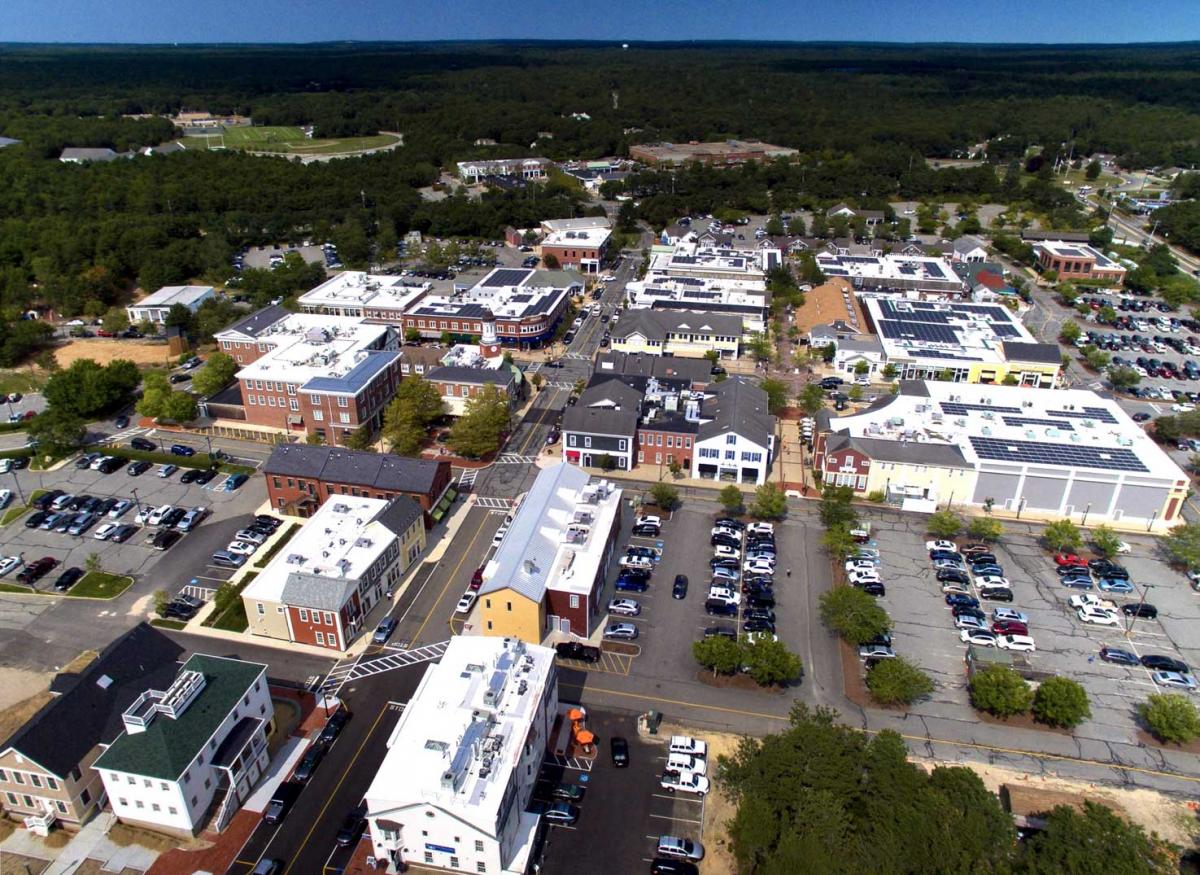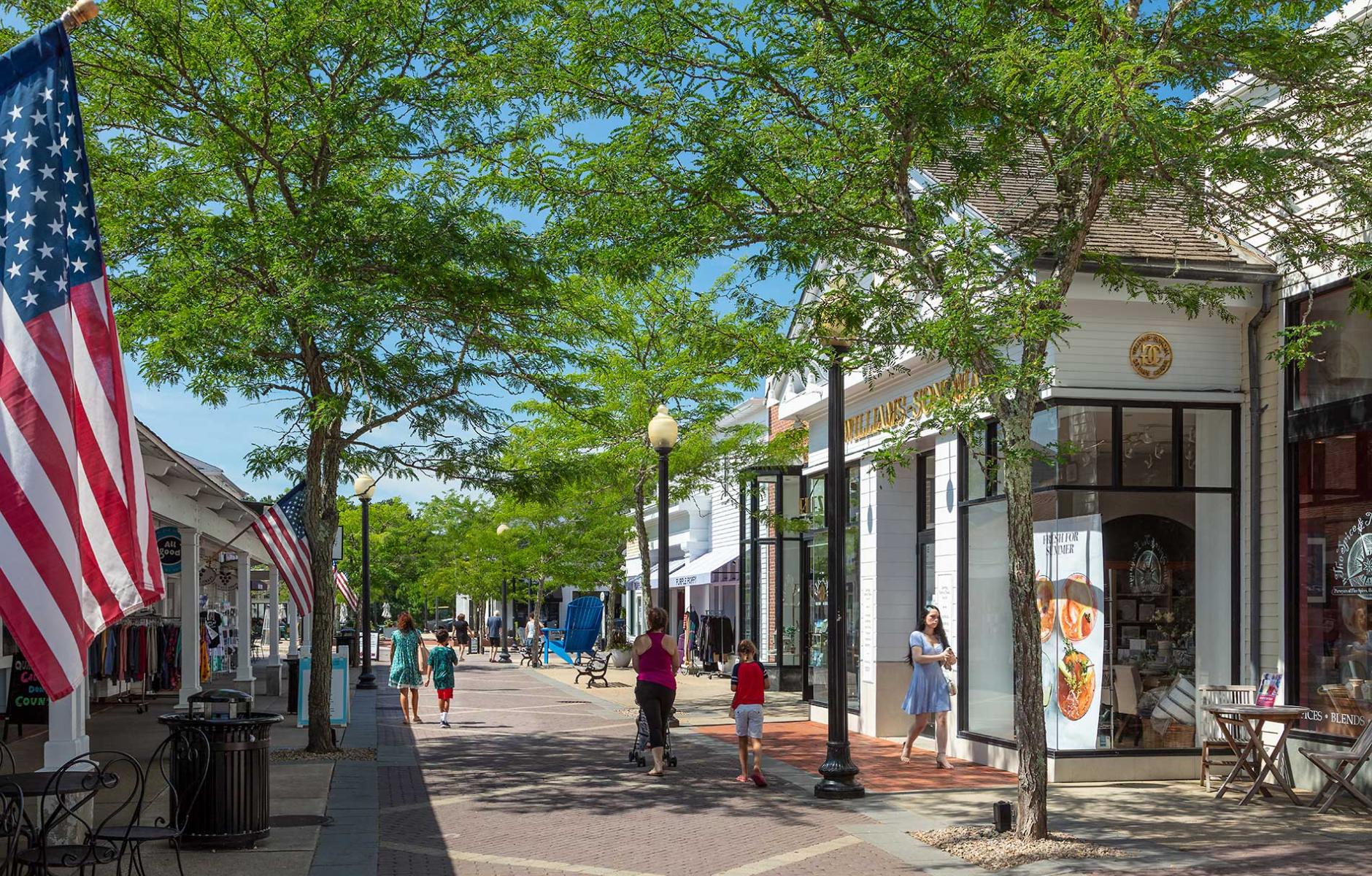
For the love of mimosas, see Mashpee Commons
My first professional work out of college was on Cape Cod in the 1980s. I read National Geographic, and I loved the photos of village architecture and the picturesque harbors featured in their coverage of the region. Having grown up and studied in Pennsylvania, I had a romantic notion of New England. I got a job at a newspaper on The Cape, and lived in the small town of Mashpee.
Cape Cod was and is beautiful, but it wasn’t entirely the idealistic landscape that I had imagined. There was a lot of sprawl. I shopped at a strip center with a shingle mansard roof, a grocery store, and an Irish pub that offered Sunday brunch where I learned about mimosas. Mashpee was a suburban place with no historic village center—the only town on the Cape without one—but I shared a lake cottage with a sailboat and a canoe, and that was awesome.
I returned to the Keystone State in 1986, around the time that exciting plans were formed for the New Seabury Shopping Center, where I tasted mimosas. Eight years later, in 1994, I picked up a copy of Peter Katz’s book The New Urbanism. I saw the plan by Duany Plater-Zyberk (now DPZ CoDesign) and developer Buff Chace to create a village and main street center on and around the former strip mall. The photos of Mashpee Commons, in its early phases of construction, were carefully cropped to conceal the remnants of the old shopping center and the large parking lots surrounding it, making the transformation appear substantially built.
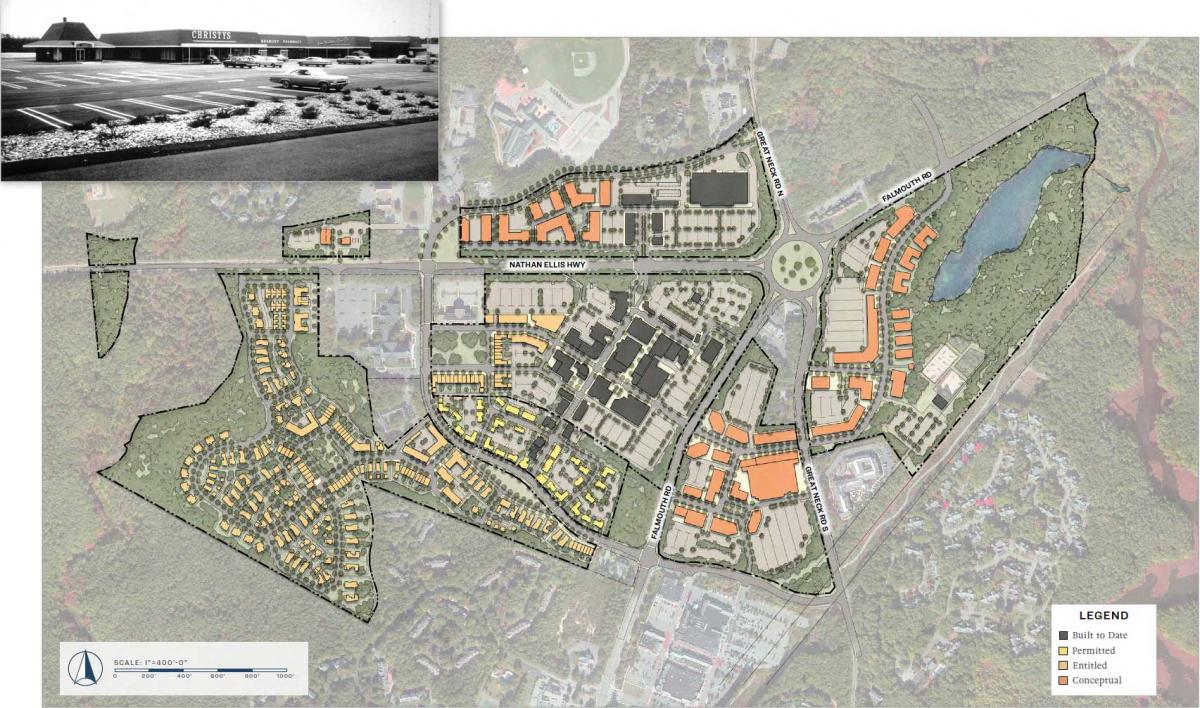
It was like putting a genie back in a bottle. The strip mall had lacked the streets, trees, public spaces, mix of uses and activities, architectural history, cultural diversity, and human inhabitation that one would expect on a historic main street. That’s how commercial centers were built since the 1950s, and nobody had attempted what is now called suburban retrofit.
Mashpee Commons has developed over the years—now it is the picture of a small New England downtown comprising approximately 10 blocks, a diverse mix of buildings and public spaces, and a network of streets. It is being built incrementally, without tearing down the original strip mall, retaining the businesses that were useful to the town while becoming its social and cultural hub. “For over 35 years it has provided the surrounding 23-square-mile suburban Cape Cod community of Mashpee, Massachusetts, its walkable urban core,” explains Xavier Iglesias of DPZ.
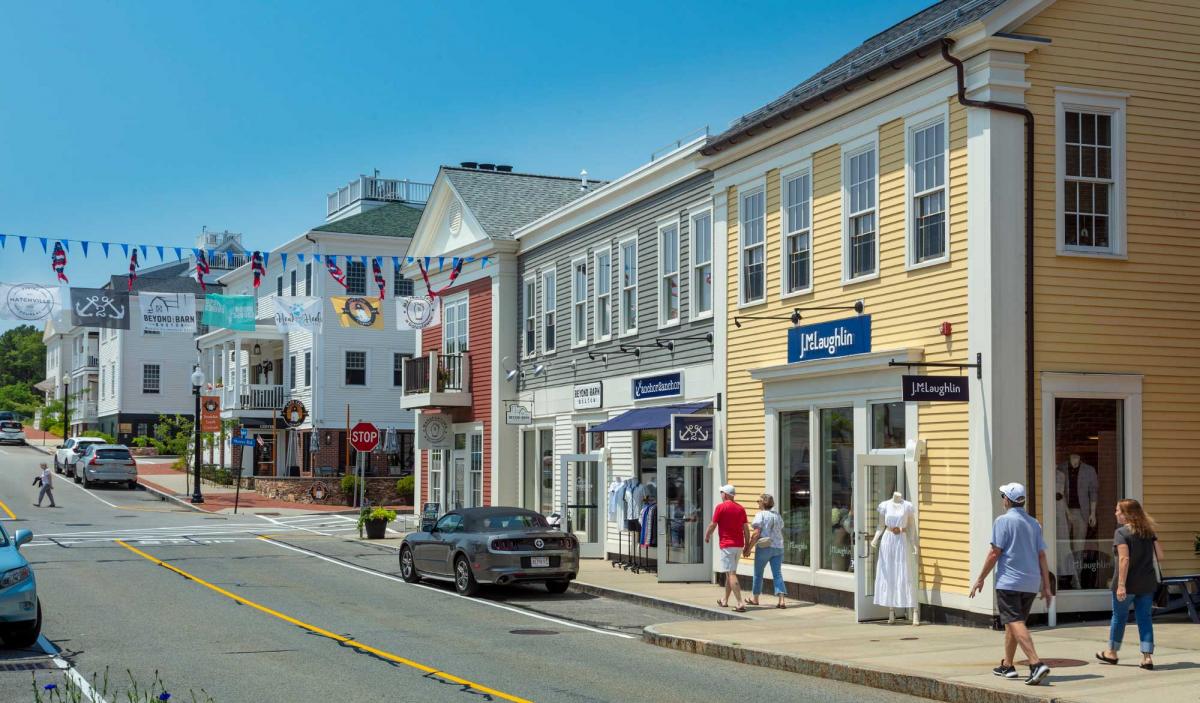
Today, it is much more than the original 65,000-square-foot grocery-anchored shopping center. There are 53 stores, providing daily needs and specialty goods, 26 food and beverage establishments, a wide range of entertainment options (cinemas, bowling, mini golf, ceramics studio, music academy, art gallery/teaching studio, immersive games experience), wellness services, and civic facilities such as a library, post office, and church. The 78 living spaces include apartments, townhouses, live-works, and duplexes. Regular outdoor events include a concert series, outdoor movie nights, and festivals.
Mashpee Commons is generally credited as the pioneering suburban retrofit example in America, but I don’t think it has been recognized enough for its innovations and quality. It should be studied because the US has thousands of dead and dying shopping malls that now—or soon will—require reuse or teardown, and the developers of Mashpee Commons have been doing this the longest. The work is ongoing—many parts of Mashpee Commons remain unbuilt for zoning and other reasons.
Unlike most enclosed malls today, shopping centers were not dying in the 1980s, and so Chace and his then-partner, Douglas Storrs, were not forced by necessity to do something unique. But they were inspired by an idealistic notion to reverse the 20th Century trend of replacing main streets with shopping centers, and thereby provide Mashpee with something it lacked—a heart. Chace called DPZ after reading about the firm’s work in Seaside, on the Florida Panhandle.
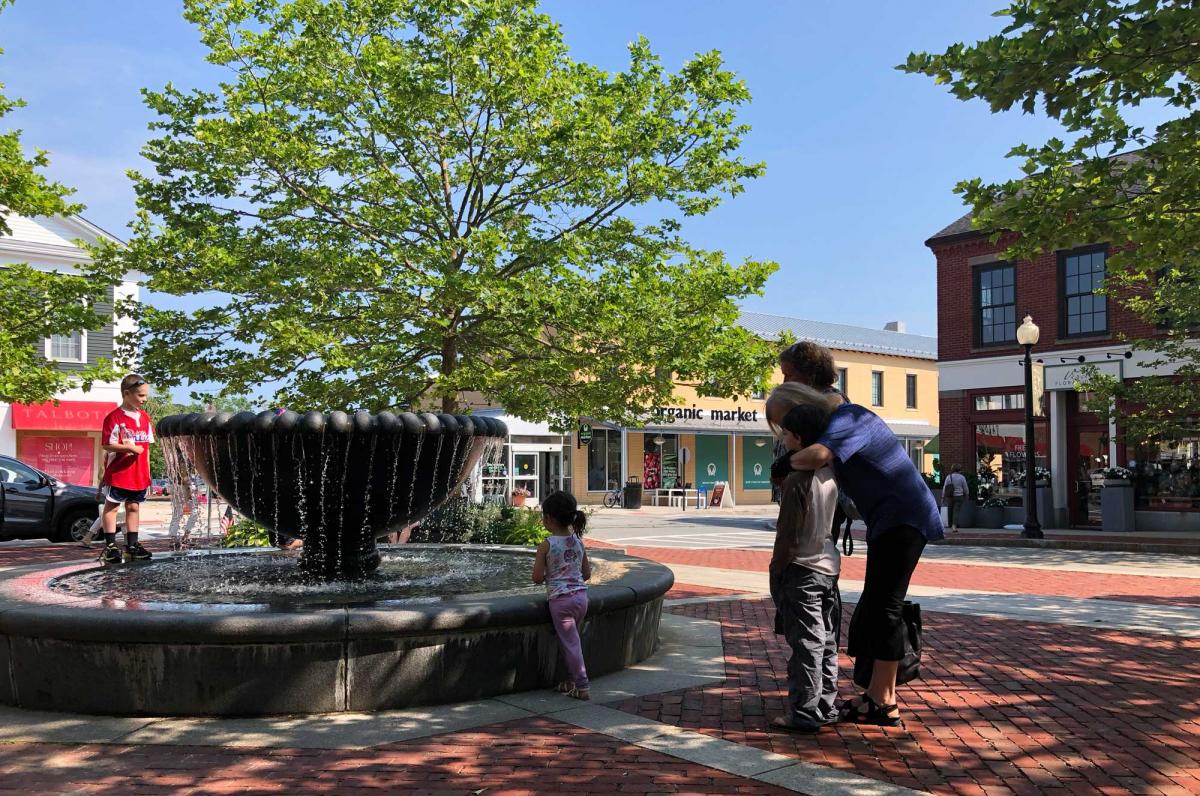
DPZ lists four lessons learned from Mashpee Commons over the years:
- Fighting illogical zoning is a battle worth waging. The original single-use focus of the commercial zoning for this site, while understandable for this suburban, bedroom community, was outdated. It ignored the benefits that walkable, mixed-use centers provide to non-single-family residents and to the environment.
- Redevelopment does not have to mean starting from scratch.
- Legacy projects can offer long-range economic benefits in the form of land value accrual and more profitable lease agreements to the developer/operator, and of sustained customer loyalty to retailers.
- Many small-footprint commercial spaces are more beneficial to municipalities than fewer large-format boxes. The NU finance gurus have proven that they yield greater tax benefits while big boxes are loss leaders with shorter life spans and lower contributions to community infrastructure improvements.
Mashpee Commons includes a variety of retail types, which adds to its appeal and may be more resilient. These includes national chains and local “mom-and-pop” merchants; larger footprints and small; established and incubator operators; high-end and affordable. The entertainment and services give people many reasons to visit. A mix of daily needs and weekend activities (cinema, restaurants, banks, apparel, supermarket, and drug store) is within proximity to nearby services (police, fire, and municipal offices), places of worship, and the town library.
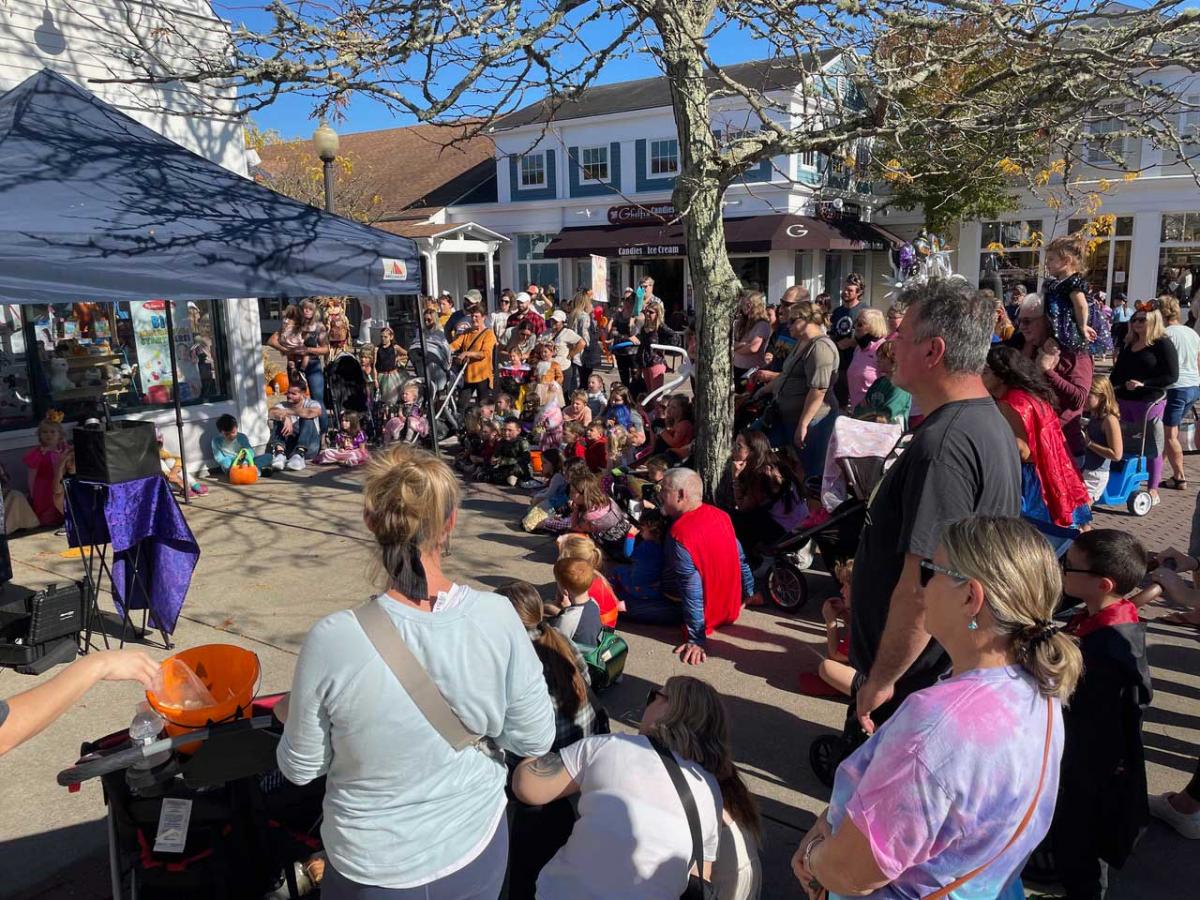
The design has long served as a model for Cape Cod, a region with substantial year-round population and tourism that fuels real estate development. Mashpee Commons “has really has become the hub and the heart of the town,” Paul Niedzwiecki, former executive director of the Cape Cod Commission, told The Cape Cod Times. “It’s the kind of good design that we have been encouraging around the Cape.”
The village center is defined by its authentic mix, DPZ says. “There is an integration of uses and users within an architecture that blends the traditional and the contemporary, the national and the local, and the young and the old—and all celebrated within a human-scale, village aesthetic that is recognizably New England,” says Iglesias. Part of that quality can be traced to the incremental development, including small-scale residential construction that differs significantly from typical multifamily architecture.
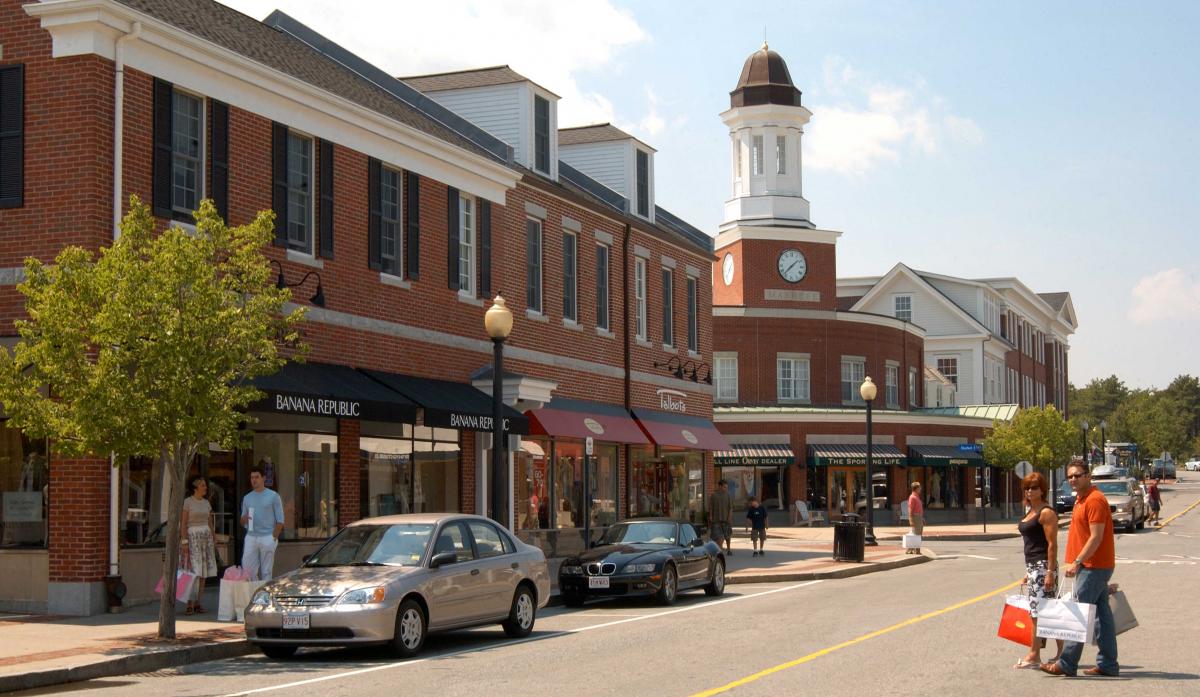
From the outset, the goal was to create a distinctive space. “Place-making—designing spaces with a definite sense of character and shared purpose—is central ... to Mashpee Commons’s vision for the future,” says Chace. “We’re looking at 100-year, not 30-year, buildings, with a civic return over many years.”
That long view includes retaining original buildings, albeit with modified facades. If you look carefully from certain angles, you can see the mansard roof from the 1980s.

Interestingly enough, some of the newer buildings appear older—or at least more historical.
Bobby Byrne’s is still a leading tenant. I’m pleased that they still serve mimosas. Sometime in the last forty years, National Mimosa Day (May 16 in case you were wondering) was declared. But according to the pub’s Instagram account (also a recent addition), every day is National Mimosa Day at Bobby Byrne’s. If you ever go to the Cape, that sounds like a good reason to stop by.
